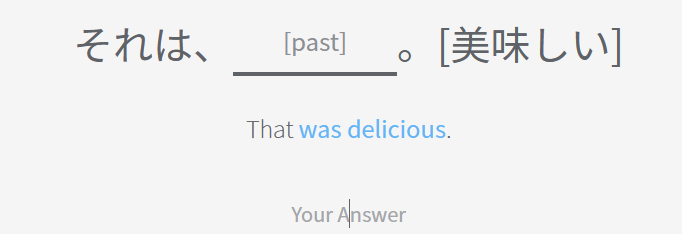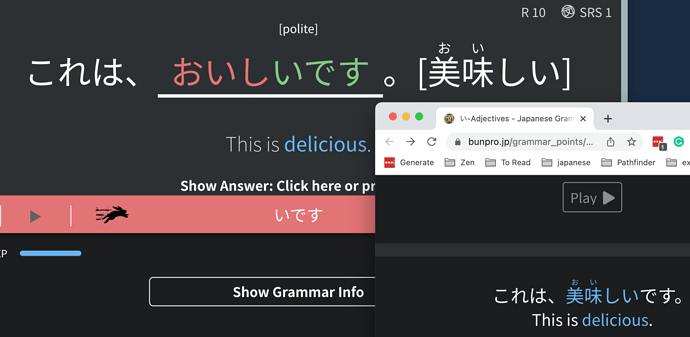Welcome to Bunpro!
I checked what sort of questions its asking and it looks like an error, you shouldnt have to memorise the example sentences for any of the points. Im assuming when the grammar point got split up the reviews didnt get changed.
Since you seem to be the person going through this thread @Fuga these are the sorts of questions being asked when i use cram on this point

For these ones there are different versions of the sentences in the examples tab that should have been used






